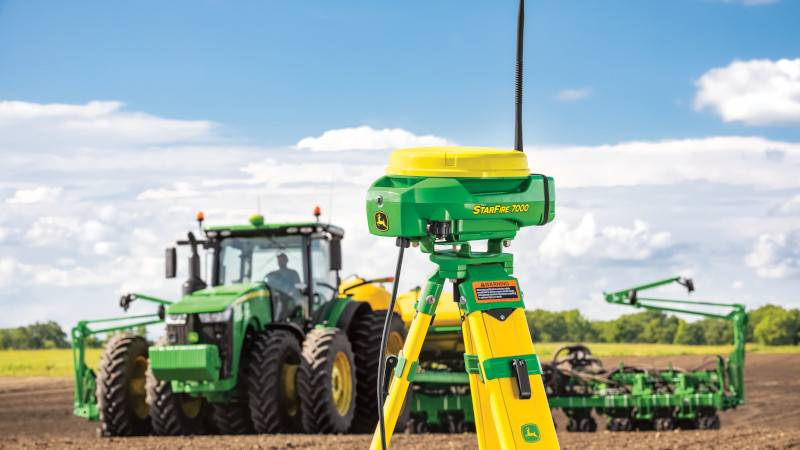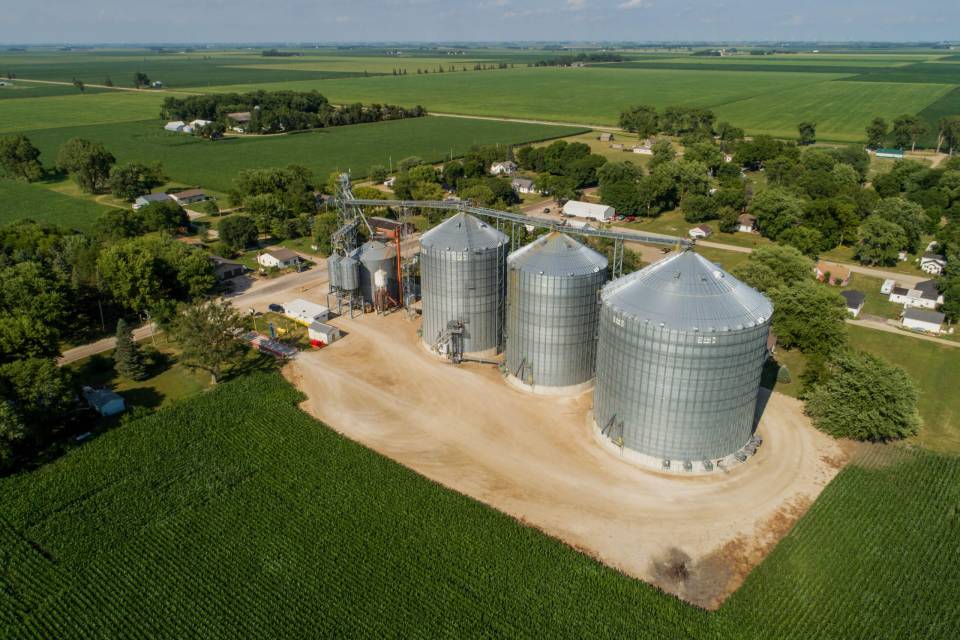CropLife 100 Crop Protection: Growth is No Trivial Pursuit
Quick trivia question — which category of the four tracked in the annual CropLife 100 survey had the best year in 2017? If you answered crop protection, give yourself a slice.
Not too many years ago at the start of the 2000s, the crop protection products category wasn’t moving forward very well in the CropLife 100 board game. Sales and market share for the sector fell almost continually throughout the early years of the 21st century. In fact, by the early 2010s, this once-leading category for crop inputs/services within the CropLife 100 was down to less than a 30% market share.
Making a Comeback
However by the 2013 CropLife 100 survey, the crop protection products category had begun a slow but steady recovery. Year after year, the sector inched forward a few percentage points at a time. By the time the 2016 CropLife 100 was completed, crop protection products were nearing the $10 billion sales mark. Better still, the sector’s market share improved back to 34%.
Going into 2017, many market watchers probably wondered if the crop protection products category could continue playing at this higher level with all the factors negatively impacting other sectors of the ag retail industry. As it turns out, crop protection definitely came to play this year!
According to the 2017 CropLife 100 survey, the crop protection products category surged forward 14%, growing from just under $10 billion in total sales in 2016 to an all-time record $11.4 billion. Market share for the sector now stands at 38% — only 3% lower than the industry’s current leading category, fertilizer.
For the most part, CropLife 100 survey respondents think the crop protection products category’s winning play in 2017 came from a pair of reasons. The first was geography.
Over the past few years, the spread of herbicide-resistant weeds across much of the country has created unprecedented demand for crop protection products among grower-customers. In fact, according to 2017 CropLife 100 respondents, more than half (52%) say that herbicide-resistant weeds are a serious problem in many of the crop fields they service. Another 31% say herbicide-resistant weeds are a serious issue on some of the fields they manage. This 83% of CropLife 100 retailers dealing with serious weed issues has grown 7% from the 2016 survey.
Not surprisingly then, 66% of 2017 CropLife 100 retailers report their herbicide sales increased between 1% and more than 5% for the year. Another 13% had sales that exactly mirrored those as in 2016.
The other reason for the crop protection products category growth this year tied back to nature and science. As the spring and summer across much of the Midwestern states stayed relatively dry and cool, conditions were right for the spread of crop pests and diseases of all kinds. Naturally, these required products such as fungicides and insecticides to control — and ag retailers saw sales increases in both these segments.
For fungicides, 48% of CropLife 100 respondents said their sales for 2017 grew between 1% and more than 5%. For insecticides, the percentage of ag retailers that recorded these kinds of sales increases stood at 45%. Significantly for all three segments, none of them had sales declines for more than 30% of CropLife 100 respondents.






